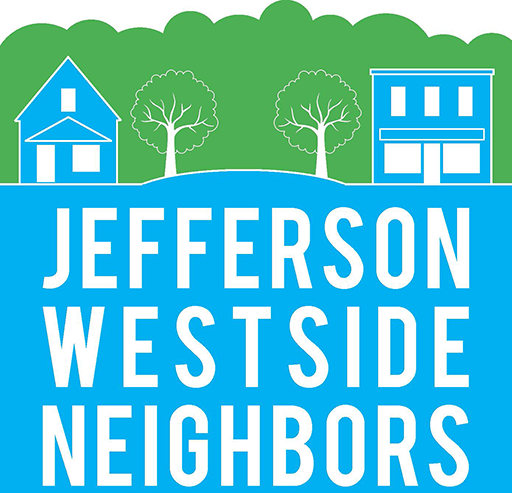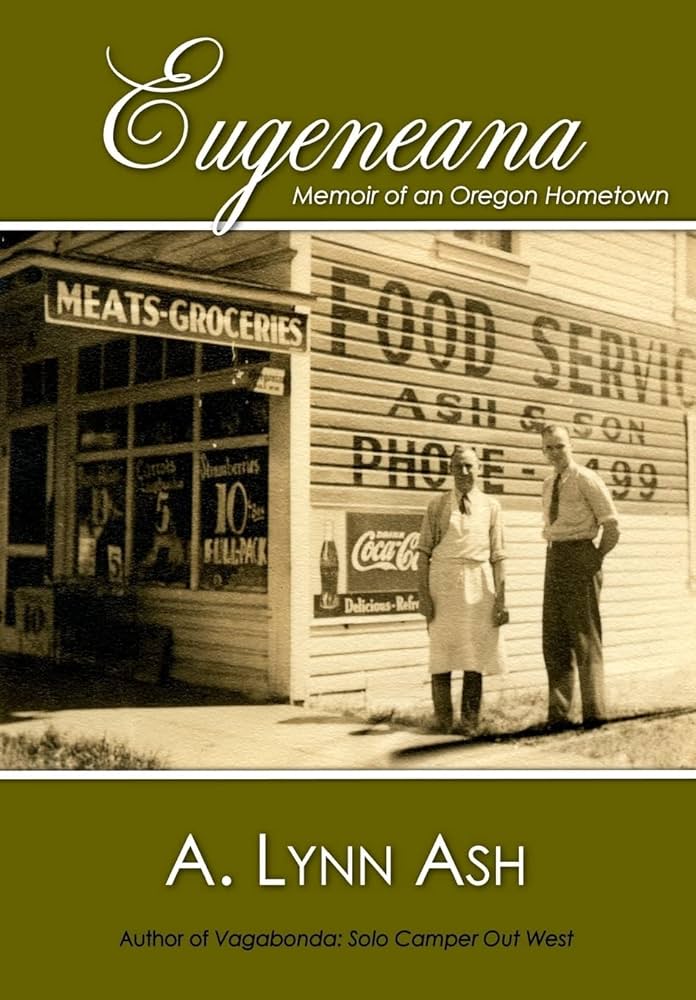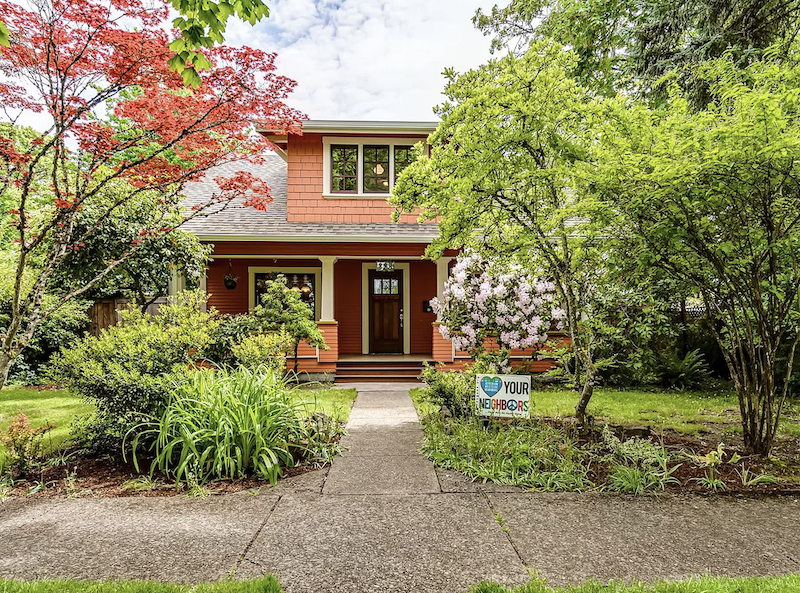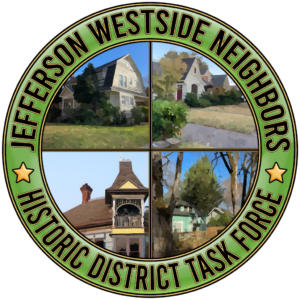
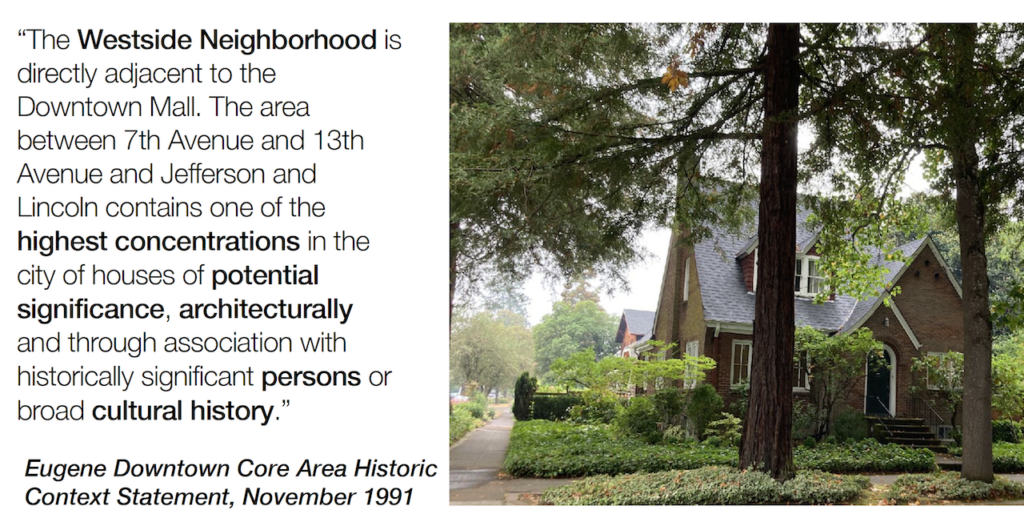
The JWN Historic District Task Force
Joanna Bell, Sandra Bishop, Stephanie Coopman, Ted M. Coopman; Sue Cummings, Mary Farrington, Kathy Grey, David Gusset, Dave Hurst, Rene Kane, Penelope Melquist, Marty Moran, Eric Noon; Rockey Sigloh; Charlotte Young; and others…
Updates
- New Historic Jefferson Westside Website is up! historicjeffersonwestside.org
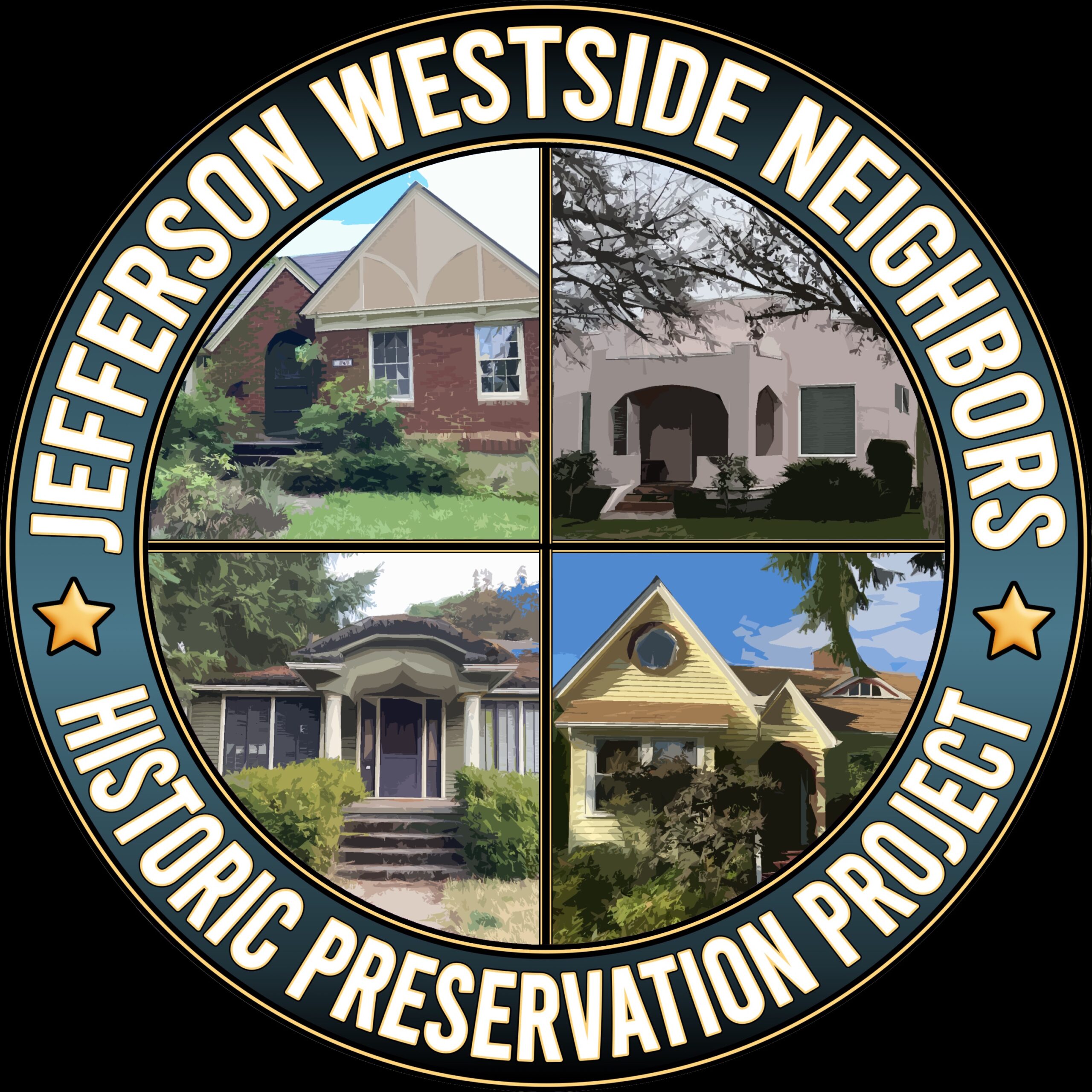
- Presentation Slides (large file) from the May General Meeting
- Meetings are now schedule for every 4th Thursday, 4:30-6:30pm, Grace Fellowship Church, 834 Monroe St. Notes: Enter on the south side of the church complex. Off-street parking is available near the south entrance if needed. Secure building with locked entry door, so please come a few minutes before start time if possible. If you come later, ring the buzzer for entry.
- Make a Tax-Deductible Donation! To donate online, go to the project’s GoFundMe page at gofundme.com/f/jwn-historic. We also accept checks. Make checks payable to Eugene Neighbors Inc. and put “JWN Hist Dist” in the memo. Mail to or drop off checks at 971 W. Broadway, Eugene, OR 97402. ENI is a nonprofit umbrella organization that allows donations to neighborhood associations to be tax deductible. All funds contributed are dedicated to this project.
Lynn Ash was raised in ten Jefferson Westside neighborhood where her family owned a store on Monroe where Acorn Cafe now reside. This is her story of growing up and then returning to Eugene years later. You can get her book locally at Smith Family Bookstore and J. Michaels Books or Amazon (but please support your local bookstores) and find out more about her on her website.
Ash recently spoke at the Eugene Neighbors Inc. annual meeting and Whole Community News has posted a transcript of her talk or watch the video. The JWN and the HDTF hope to have her in for a neighborhood event soon.
Reviews
“Lynn Ash deftly writes of growing up in Eugene in a book that twines history, nostalgia and the inevitable changing of life’s season. It’s a celebration of time and place by a native daughter who noticed all the delicious-and sometimes painful-details of growing up in a city like no other.”
-Bob Welch, author, Cascade Summer: My Adventure on Oregon’s Pacific Crest Trail
“Ash’s account of The Whit, my neighborhood, is personal and informative, full of memories of what has become the hippest part of town.”
-Kitty Piercy, former mayor of Eugene
“Lynn Ash has written a tantalizing tale of growing up in Eugene. Her early U of O basketball reflections will make you feel like you were there with her in Mac Court.”
-Don Essig, Duck PA announcer, 1967 to present
“The book will definitely speak to people of Eugene, those who share the city’s history, as well as newcomers who want to know more.”Janet Fisher, Writer. Read Full Article at Janetfisherbooks.wordpress.com
“Lynn’s daring-do account of finding running shoes and then launching her running adventure on the streets of Eugene in the mid-1960s appears in “Eugeneana: Memoir of an Oregon Hometown.
Dean Rea, Writer. Read Full Article at deanrea.wordpress.com
Jefferson Westside Historic District Benefit House Concert Featuring Pants with Pockets
Sunday, September 29, 3:30-6pm
971 W. Broadway (circa 1890)
Outdoors – weather permitting
Doors open at 3:30, show starts at 4pm.
Suggested tax deductible donation of $20+
RSVP appreciated but not required – jwneugene@gmail.com
Pants with Pockets is a group of Eugene String Queens. Each one of these stellar musicians hails from various local bluegrass groups including Meadow Rue, Cherry Hill and Bake Club. Joining us will be Heather Davis (voice, washboard), Bonnie McDonald (voice, bass, guitar, etc), Tanya Bunson (fiddle), and Sarah Holtschalg (accordion, saw, guitar, voice).
All proceeds will go toward Phase Three of the Jefferson Westside Historic District Task Force Project.
The JWHDTF exceeded our initial fundraising goal, raising $3500 from individual neighbors including a $1500 matching grant from the Eugene Emeralds. This funded exploratory efforts and retained the services of Jonathan Pincus, a respected historic preservation expert, to guide our volunteer/unpaid research and to help us determine whether the JWN should apply for historic district status. Jonathan is a longtime resident of the area who has worked closely with the Eugene Planning Department and other local, regional, and national clients. To date we have trained volunteers, converted the old scanned assessment files to an editable format, and mapped resource locations. We are in the process of updating the resource surveys.
The JWHDTF earned a city of Eugene Neighborhood Matching Grant of $5000 in summer 2024. We were awarded funding to more completely research and document the feasibility of a national historic district designation in the JWN, as well as continue our outreach efforts. The next round of funding will continue to support our consultant’s in-depth research and development of a report on the historic elements in the neighborhood.
Make a Tax-Deductible Donation! To donate online, go to the project’s GoFundMe page at gofundme.com/f/jwn-historic. We also accept checks. Make checks payable to Eugene Neighbors Inc. and put “JWN Hist Dist” in the memo. Mail to or drop off checks at 971 W. Broadway, Eugene, OR 97402. ENI is a nonprofit umbrella organization that allows donations to neighborhood associations to be tax deductible. All funds contributed are dedicated to this project.
May 2023: JWN Signs Contract with Historic Consultant Jonathan Pincus for training neighbors in surveying neighborhood historic resources. Want to get trained and help out? Contact us!
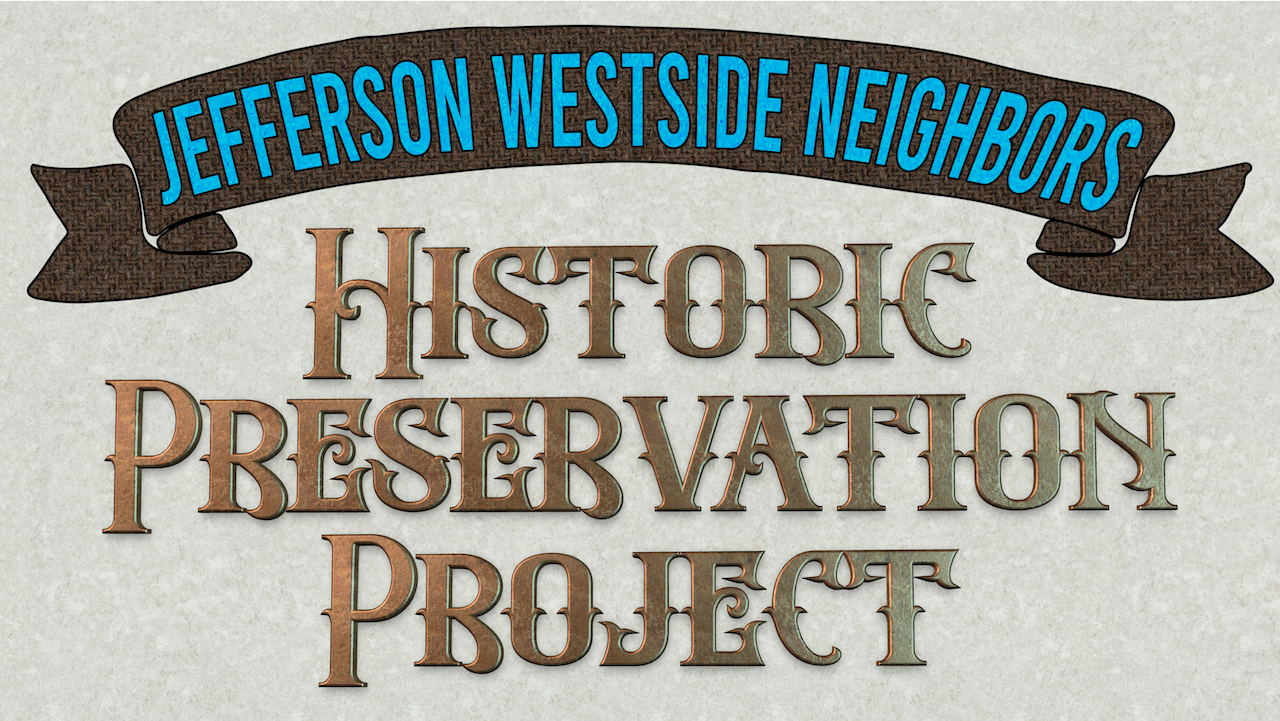
Success in Exceeding our Goal for this Exciting Exploratory Project
30 neighbors contributed $3500!
Special thanks to the Eugene Emeralds for their generous matching grant of $1500
You can still support our efforts with a tax deductible contribution for informational materials, neighbors and stakeholder engagement in discussions, and hiring two respected local historic preservation experts for guidance and training. Neighborhood volunteers will complete nearly all the work. Please donate what you can afford as we launch this project. Consider joining the JWN Historic District Task Force. Without neighborhood support, a historic district can’t become a reality.
To Make a Tax-Deductible Donation! To donate online, go to the project’s GoFundMe page at gofundme.com/f/jwn-historic.
If you would rather write a paper check, contact Ted Coopman, JWN Chair, at jwneugene@gmail.com for Instructions on where to drop it off. Make checks payable to Eugene Neighbors Inc. and put “JWN Hist Dist” in the memo. ENI is a non-profit umbrella organization that allows donations to neighborhood associations to be tax deductible. All funds contributed are dedicate to this project. No other neighborhood or city provided funds for the JWN budget are used for this project.
Thank You For Your Support!
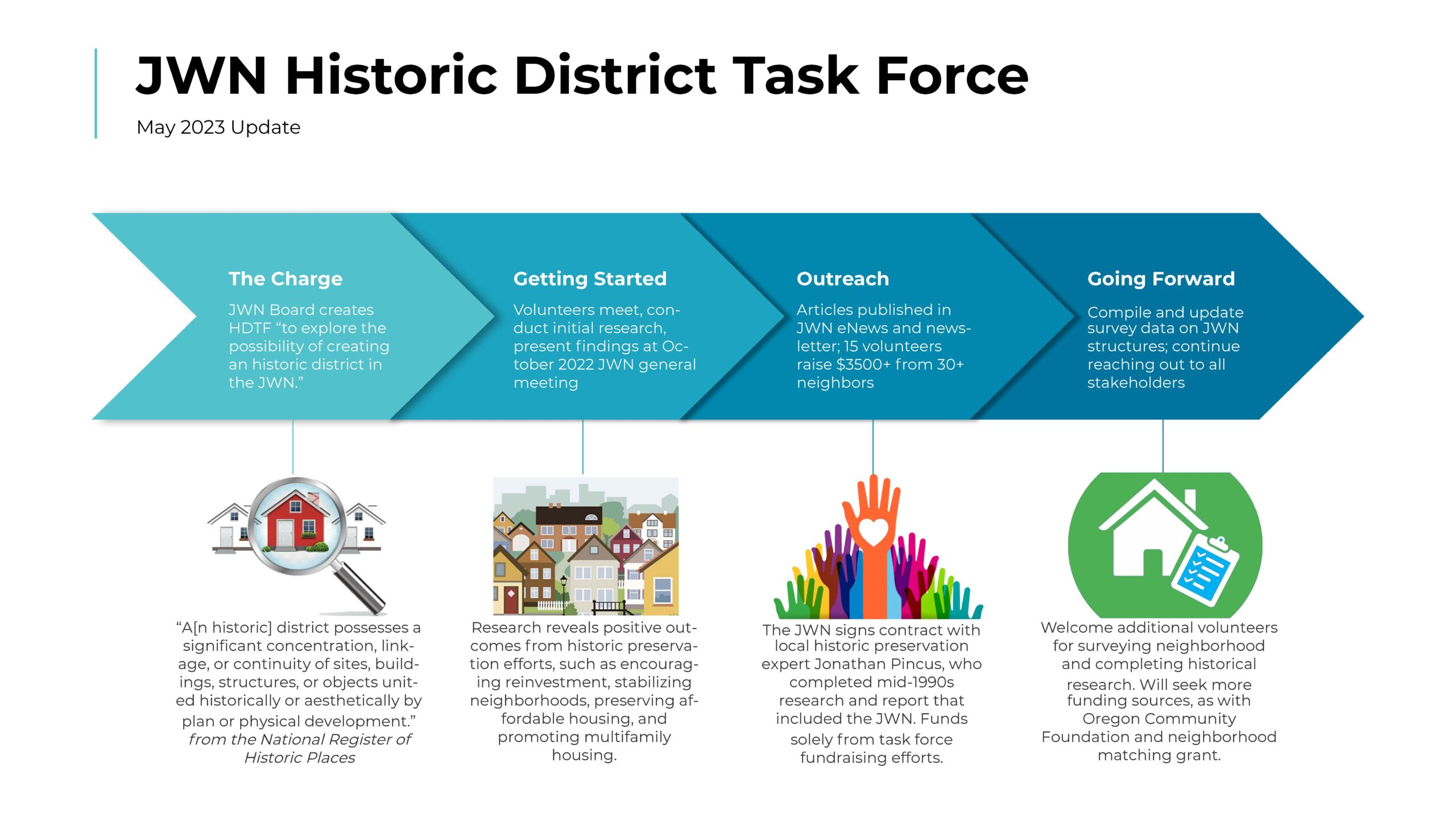
Past updates: An initial call for volunteers resulted in more than 10 neighbors stepping up to work on research and outreach for a potential historic district. The next phase involves updating the 1996 survey of buildings and homes in the JWN and other outdated records and compiling information on proceeding. Note that we’re in the early fact-finding stage of a process that likely will take two years. In addition, an historic district designation required a majority vote of property owners in the district.
We have identified historic preservation experts who will work with us. The historic district task force members are exploring possible grant funding sources.
Future Past: Jefferson Westside Historic Preservation Project
We live in a historic neighborhood! The National Trust defines houses, apartments, and other buildings as historic when they are 50 years old or older. A 1991 report about Eugene’s history included this about our area: “Potentially significant [historic] resources are liberally distributed…from all periods of the neighborhood’s development.” Jefferson Westside Neighbors (JWN) has formed a task force to explore the possibility of creating one or more historic districts within our boundaries.
Historic districts produce many positive outcomes, such as:
- Increased community participation and commitment to the neighborhood.
- Greater diversity in residents’ income levels, consistent with what we have in the JWN.
- Stabilized property values, more reinvestment, affordable housing, and job creation.
Several facts dispel common misconceptions about historic preservation and historic districts:
- Historic preservation means maintaining the neighborhood’s character, not keeping everything the way it is or was. Projects that need a building permit are reviewed by the planning department to ensure compatibility and overall fit with the neighborhood.
- Historic districts promote diversity because of built-in advantages: a mix of housing, good access to public transit, and built-in social infrastructure. That’s the JWN!
- Historic districts include a mix of housing. The JWN has a large share of the city’s affordable middle housing and historic rental properties.
Our next step in this exploratory effort is to retain the services of two experienced and respected historic preservation experts, Jonathan Pincus and Liz Carter, to guide our volunteer/unpaid research and to help us determine whether the JWN should apply for historic district status. Jonathan and Liz are longtime residents of the area who have worked closely with the Eugene Planning Department and other local, regional, and national clients.
Find Information on your own Historic Home!
In 1996 the city of Eugene Conducted a Cultural Resource Survey for Historical Homes including date built and other architectural data.
- Go to http://heritagedata.prd.state.or.us/historic/
- Enter the city, street, number, and direction (if it does not work, try just the street)
- The results are at the bottom, select “form.”
- The form will contain some basic information
- To get the full entry, look under Scanned Document Links and select “Inventory Form”
- The PDF will download.
Did you know that over 60% of the existing structures in the JWN in 1975 were built before 1936?
Historic Districts are Identified By 3 Key Concepts
- Historic Significance: historical, architectural, archeological, engineering, or cultural values
- Historic Integrity: evident through historic qualities including location, design, setting, materials, workmanship, feeling, and association
- Historic Context: 50+ years old; significant when evaluated in relationship to major trends of history in a district’s community, state, or the nation
Historic Significance
Must meet at least one of these criteria:
- Association with historic events or activities,
- Association with important persons,
- Distinctive design or physical characteristics, or
- Potential to provide important information about prehistory or
history.
In addition to historic significance, historic districts must demonstrate historic integrity and important historic context.
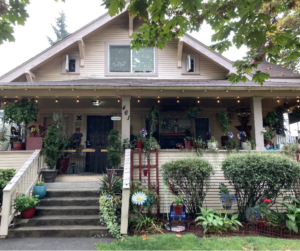
Historic District Outcomes
- Promotes active community participation and creates a bond among
community members. - Rehabilitating historic buildings is cost-effective and conserves energy.
- Demonstrates public commitment to an area.
- Significant and ongoing economic impact beyond the project itself.
- Historic residential neighborhoods accommodate a mix of household
incomes. - Stabilizes neighborhoods through maintaining property values,
encouraging reinvestment, and providing housing and jobs.
Did you know that most of the trees in the core area are the result of large-scale public tree planting campaigns in the 1870s, 1880s and 1890s and in the early twentieth century?
Common Misconceptions About Historic Districts
• Property values are frozen or reduced when historic districts are created.
[In fact, the value of property tends to rise]
• Historic preservation prevents diversity.
[In reality, historic districts support a mix of household incomes]
• New construction is better.
[the quality of wood and the craftsmanship simply n longer exist]
• Tearing down old buildings and replacing them with new ones, such as multiplexes,
results in more affordable housing.
[the cheapest, greenest home is one that already exists. The combined cost of purchase, demolition, and construction makes new un-subsidized development prohibitively expensive]
• Replacing old houses is less expensive than preserving them.
[False! The ROI on renovation is much higher than new construction]
• Historic preservation makes housing unaffordable.
[Historic preservation has no impact on affordability]
• Historic preservation means keeping a house exactly how it was when it was built.
[Incorrect! Preservation is about character – homes have always evolved over time – and that is part of the historical context]
• Historic districts exclude middle housing.
[A lot of so-called middle housing is itself historic and many lager older homes have been converted to multifamily dwellings. Oregon law prohibits excluding middle housing in historic districts]
Jefferson Westside Historic District Task Force Report
The JWN Historic District Task Force Report presented and discussed the project at the October 11 JWN General Meeting, 6:30-8:30pm, via Zoom.
Presentation Slides can be found here: hdtf-10-11-22.pdf
The recording of the Zoom meeting can be accessed here [Passcode: #?7PMxt5]. The first 30 minutes are general updates and announcements and the JWHDTF presentation and Q&A start at 30 minutes and last 45 minutes.
Important Note: This report is just the initial step in exploring the concept. No decision to proceed beyond this step has been made. For this imitative to move forward there would have to be both neighborhood buy-in and a committed group of volunteers to see it through. The JWN Board and the Task Force do not have the ability to execute such a project on their own.
Background
Jefferson Westside Neighbors and areas west of the downtown commercial district are the oldest neighborhoods in Eugene. Most homes range from the 19th century up to the 1940s. Examples range from palaces like the 1891 Queen Anne Victorian at Taylor and W. 10th to more modest and ubiquitous Craftsman bungalows built in the early 20th century like the beautiful 1920 home above. Combined with our larger old tree canopy, Jefferson Westside Neighbors is the historic heart of Eugene.
This from the City’s Historic Preservation webpage:
Preserving Eugene’s History
Eugene’s older neighborhoods and houses are a critical part of our city’s history and character. Just as the Willamette River, Skinner and Spencer Buttes, and the Cascades define Eugene’s natural surroundings, our historic neighborhoods of settlement era houses, modest bungalows, and stately craftsman homes trace Eugene’s history and help define the character of the city and of the Northwest. The purpose of Eugene’s Historic Preservation Program is to increase public awareness of this history and character and to facilitate preservation, restoration and rehabilitation of historic structures, landscape features, and other culturally significant physical objects and geographic areas.
In an attempt to avoid the fate of other older urban neighborhoods that have succumbed to infill redevelopment, such as the two 100+ year old Craftsman homes destroyed to build the massive fourplex on W. 15th and Olive, the JWN is forming a task force to explore the possibility of creating a historic district. Preserving older homes is not only important to our culture and heritage, but is environmentally sound, as an older home’s carbon debt has long since been paid. Upgrading an existing structure for energy efficiency is far less carbon intensive, and more effective, as demolishing a home and building a new house.
Preservation is not about preventing density – we are already the second densest neighborhood with a huge inventory of middle housing – much of it historic like the Lincoln School Condos. Preservation is about protecting the neighborhood’s historic character and context and putting that front and center for any new development.
Resources
- 10 Steps to Establish a Local Historic District (from the National Trust for Historic Preservation)
- City of Eugene Historic Sites Map
- Oregon Department of Land Management and Development. (2021). Middle Housing and Goal 5 Historic Resources.
- Oregon Parks and Recreation Department State Historic Preservation Office. (2011). Guidelines for Historic Resource Surveys
- Oregon Parks and Recreation Department State Historic Preservation Office. (2018). Preparing National Register Nominations in Oregon
- Oregon State Parks. Oregon Historic Sites Database
- Rypkema, D. D. (2014). The economics of historic preservation: A community leader’s guide, 3rd edition. PlaceEconomics.
- U.S. Department of the Interior National Park Service Cultural Resources, National Register, History and Education. National Register Bulletin. (1997). How to Apply the National Register Criteria for Evaluation
- U.S. Department of the Interior National Park Service Cultural Resources, National Register, History and Education. (1997). National Register Bulletin. How to Complete the National Register Registration Form“
